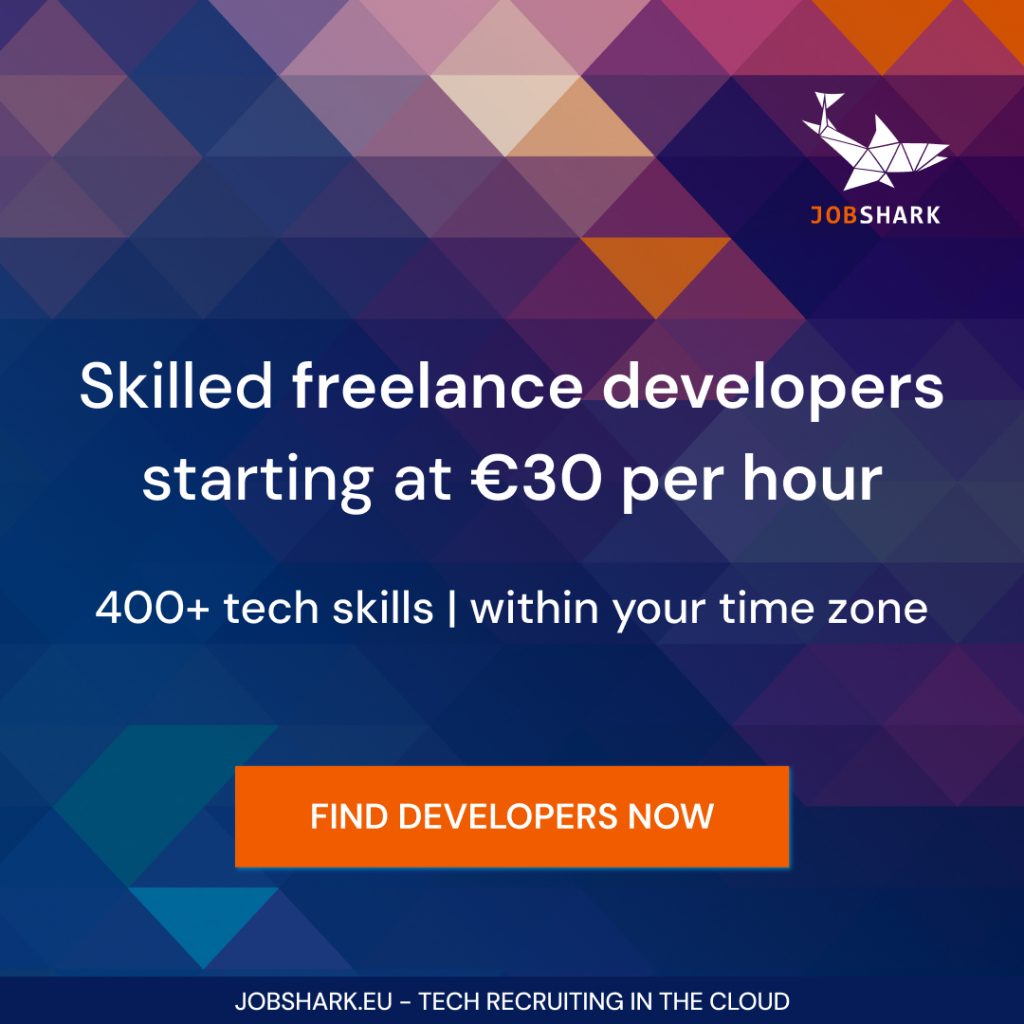Almost 36% of companies in Europe are now hiring across borders to expand their talent pool, with the figure rising to 54% among international firms. The data comes from the SD Worx HR & Payroll Pulse 2025, a survey of 16,000 employees and 5,625 HR decision-makers across 16 European countries, conducted by the SD Worx Research Institute.
The appetite for cross-border hiring is particularly strong in Ireland (55.3%), Norway (52.5%), and the United Kingdom (50.3%) — significantly exceeding the European average. In contrast, the countries that fall well below the European average are the Netherlands (21%), Finland (22%), and Belgium (26.3%).
The survey sheds light on how European employers are solving talent shortages. However, a disconnect appears to be emerging among employers regarding the openness to cross-border hiring versus their preferred workplace model. The survey shows that 47.4% of remote employees are being encouraged to return to the office, and 36.8% are required to do so.
In Ireland, the country with the biggest appetite for cross-border hiring, 52.5% of remote employees are being required to return to the office — the highest rate among all surveyed countries. Therefore, it’s possible that many of the companies seeking talent abroad may, paradoxically, be pulling back on remote work — the very model that enables international collaboration. The data suggests that many employers may be hiring abroad with the intention of relocating foreign employees, a strategy that can prove costly, complex, and risky in terms of adaptation.
The report states, “Many employers still underestimate how strongly employees resist being pulled back to traditional routines. The risk here isn’t just disengagement, but departure.”

How Europe is implementing AI in Human Resources
The survey also inquired respondents about how their organizations are using AI in Human Resources and the outcomes so far: 30.5% report that their organization has already seen significant outcomes. The rate rises sharply in Norway (48.2%), the United Kingdom (41.7%), Romania, and Serbia (both 39.3%).
For the majority of the respondents (53.2%), however, it is still unclear how AI will impact HR functions. The doubts about the impact of AI are significantly higher in Ireland (62.7%), France (62.3%), and Croatia (57.3%).
Investment is growing, though, with 38% of HR professionals now investing in AI — up from 33% last year.
While only 26.6% believe AI will make a significant part of their tasks redundant, this fear is particularly stronger in Ireland (35.1%) — interestingly, also the country with the highest rate of unclearness about how AI can impact HR —, the UK (32.6%), and France (31%). This data suggests a correlation between the lack of clarity about AI and anxiety over job redundancy.
Nearly half (49%) of those already using AI believe it will transform how they work — either “completely” or by driving “substantial changes”.
Among the main challenges organizations face in adopting AI within HR, 36.9% of respondents expressed concern about losing the “human touch” in HR processes. Meanwhile, 35.1% cited limited knowledge or expertise in AI, and 33.5% pointed to data privacy and security concerns. Additionally, 31.5% reported ethical concerns — such as bias in AI algorithms and lack of transparency in decision-making processes — while 30.6% highlighted budget or resource constraints as key barriers.
Jan Laurijssen, Senior HR Researcher at SD Worx, emphasizes the importance of a purposeful approach when integrating AI into HR, instead of implementing AI for AI’s sake: “Don’t start with the tool, start with the need,” he advises in the report. “AI adoption only works when it’s tied to real goals: better insight, faster processes, or improved service. And it needs to be explainable.”
He adds, “To get real value from AI in HR, we need to shift the focus. It’s not about experimenting with the latest tool. It’s about solving real problems in a meaningful way. Start with the question: what process or decision are we trying to improve?”
Enjoyed reading this?
Stay in the loop by joining the TechTalents Insights community! Our free, bi-weekly newsletter brings fresh content and industry insights right to you. Click here to sign up.




